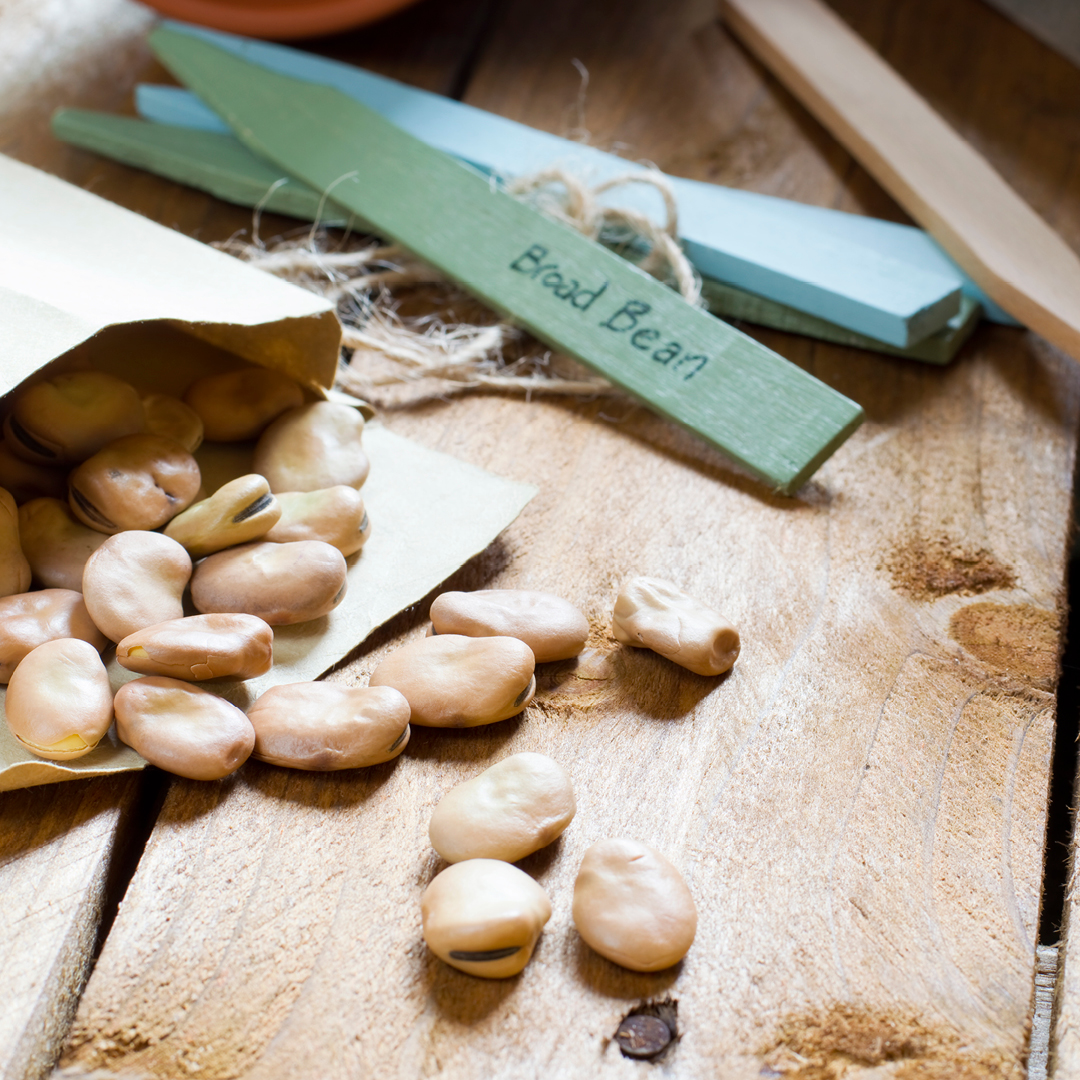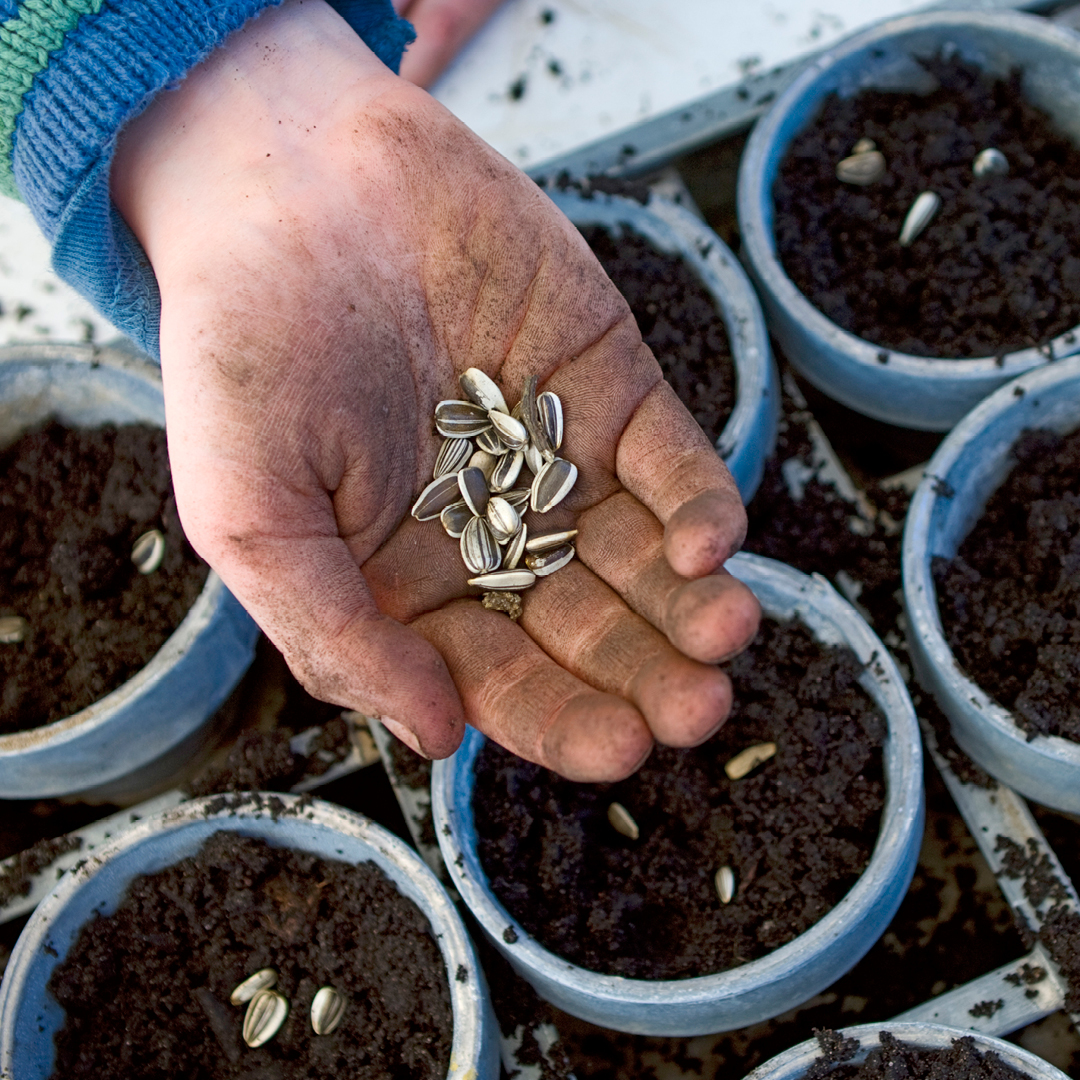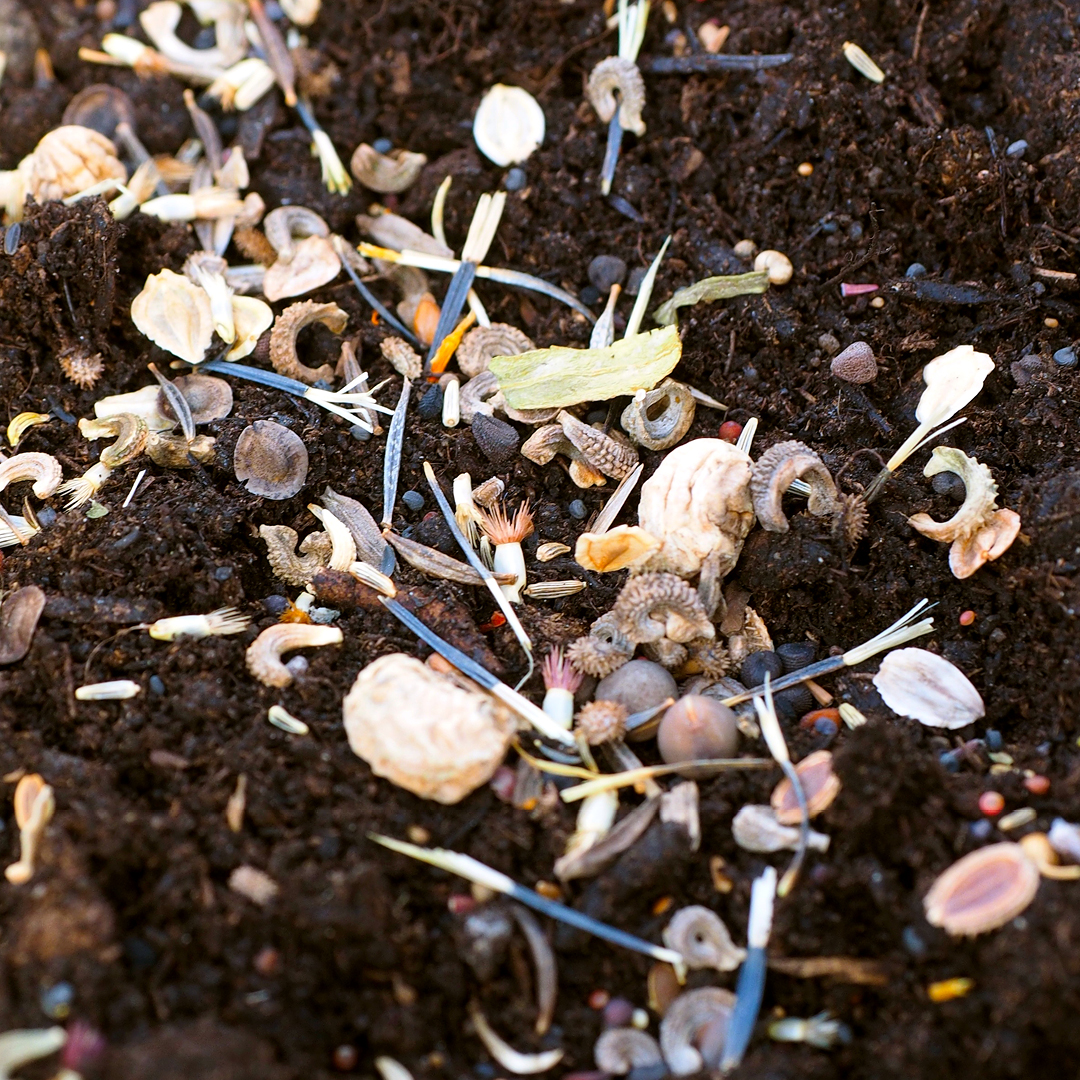- Seed-starting mix,
- containers (flats, peat pots, cell packs, etc.),
- labels and markers,
- heat mats,
- grow lights,
- spray mister and watering can
- and, of course, seeds.
If this is not your first seed-starting rodeo, you will already have a number of these supplies on hand and will just need to supplement your inventory where necessary.
But the seeds, what about the seeds? Can last year’s excess be used for this year’s plants? Let’s find out!
Leftover Seed
Don’t throw away leftover seeds! Most vegetable, herb, and flower seeds are viable for much longer than we may anticipate, especially when stored properly.
Instead, test the seeds to assess their viability. Here’s how:
- Dampen a paper towel.
- Place ten seeds, all from the same pack, on the paper towel.
- Gently fold the damp paper towel and slip it into a sealable plastic bag.
- Label the bag with the date and the seed name.
- Place the bag in a warm area in the home out of direct sun.
- For germination time, check the seed pack or look this information up.
- Check on seeds twice a week up until about a week after the advised germination timeframe.
- If one seed germinates of the ten, then you have a 10% germination rate; if five seeds germinate, then you have a 50% germination rate, and so on and so forth.
- Make your decision on using or discarding the seeds based on your personal preference for germination amounts. We recommend purchasing new seeds if germination is under 50%.
- Seeds pre-sprouted in paper towels may be planted in pots or cell packs and grown on.
It is important to note that even when stored under perfect conditions, seed viability will decline each year. Therefore, it is wise to test all older seeds every year. The exception is seeds that have already been determined only to germinate when fresh, one year old. These seeds are not worth the effort to test.
Seed Storage
Proper storage plays an important role in future viability when purchasing fresh seed. We recommend:
- Storing seeds in a cool, dark environment. A refrigerator works well. If a refrigerator is not available, a cool basement will do.
- Keeping the storage temperature as consistent as possible, avoiding wide fluctuations.
- The relative humidity be maintained at less than 40% – store seeds in sealed glass jars or plastic bags.
- Ensuring that the storage area or containers are varmint-proof.
Be sure to clearly and accurately mark your seed containers with the plant name and variety, the purchase or storage date, and any other important information you may find helpful in the future.
Seed Viability Charts
Clear Creek Seeds (https://www.clearcreekseeds.com/seed-viability-chart/) offers an excellent seed viability chart on their website, which we have included here for easy reference.






 15% MILITARY DISCOUNT
15% MILITARY DISCOUNT